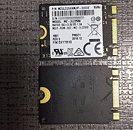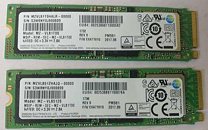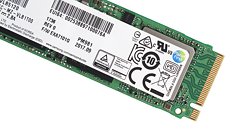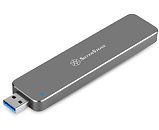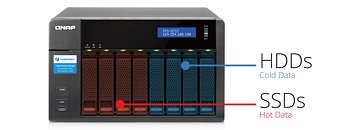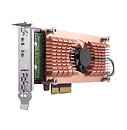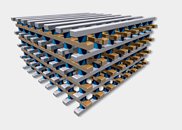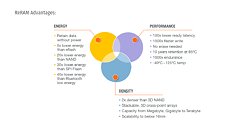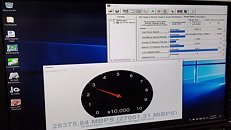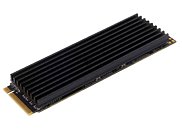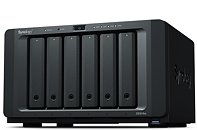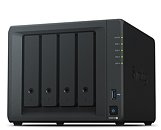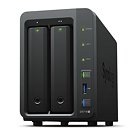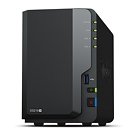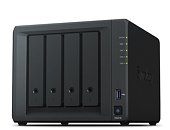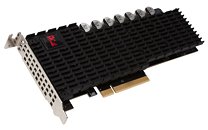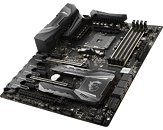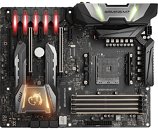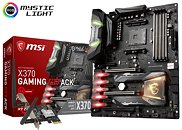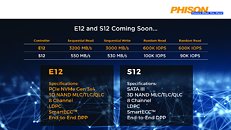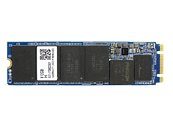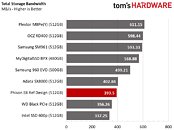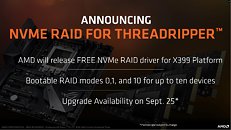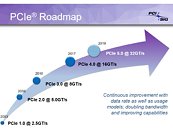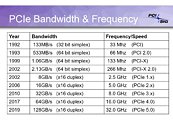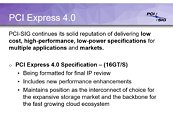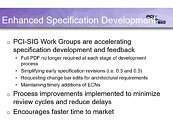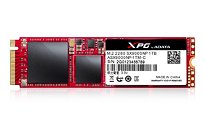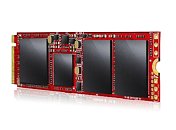PCI SIG Releases PCI-Express Gen 4.0 Specifications
The Peripheral Component Interconnect (PCI) special interest group (SIG) published the first official specification (version 1.0) of PCI-Express gen 4.0 bus. The specification's previous draft 0.9 was under technical review by members of the SIG. The new generation PCIe comes with double the bandwidth of PCI-Express gen 3.0, reduced latency, lane margining, and I/O virtualization capabilities. With the specification published, one can expect end-user products implementing it. PCI SIG has now turned its attention to the even newer PCI-Express gen 5.0 specification, which will be close to ready by mid-2019.
PCI-Express gen 4.0 comes with 16 GT/s bandwidth per-lane, per-direction, which is double that of gen 3.0. An M.2 NVMe drive implementing it, for example, will have 64 Gbps of interface bandwidth at its disposal. The SIG has also been steered toward lowering the latencies of the interconnect as HPC hardware designers are turning toward alternatives such as NVLink and InfinityFabric, not primarily for the bandwidth, but the lower latency. Lane margining is a new feature that allows hardware to maintain a uniform physical layer signal clarity across multiple PCIe devices connected to a common root complex. This is particularly important when you have multiple pieces of mission-critical hardware (such as RAID HBAs or HPC accelerators), and require uniform performance across them. The new specification also adds new I/O virtualization features that should prove useful in HPC and cloud computing.
PCI-Express gen 4.0 comes with 16 GT/s bandwidth per-lane, per-direction, which is double that of gen 3.0. An M.2 NVMe drive implementing it, for example, will have 64 Gbps of interface bandwidth at its disposal. The SIG has also been steered toward lowering the latencies of the interconnect as HPC hardware designers are turning toward alternatives such as NVLink and InfinityFabric, not primarily for the bandwidth, but the lower latency. Lane margining is a new feature that allows hardware to maintain a uniform physical layer signal clarity across multiple PCIe devices connected to a common root complex. This is particularly important when you have multiple pieces of mission-critical hardware (such as RAID HBAs or HPC accelerators), and require uniform performance across them. The new specification also adds new I/O virtualization features that should prove useful in HPC and cloud computing.

